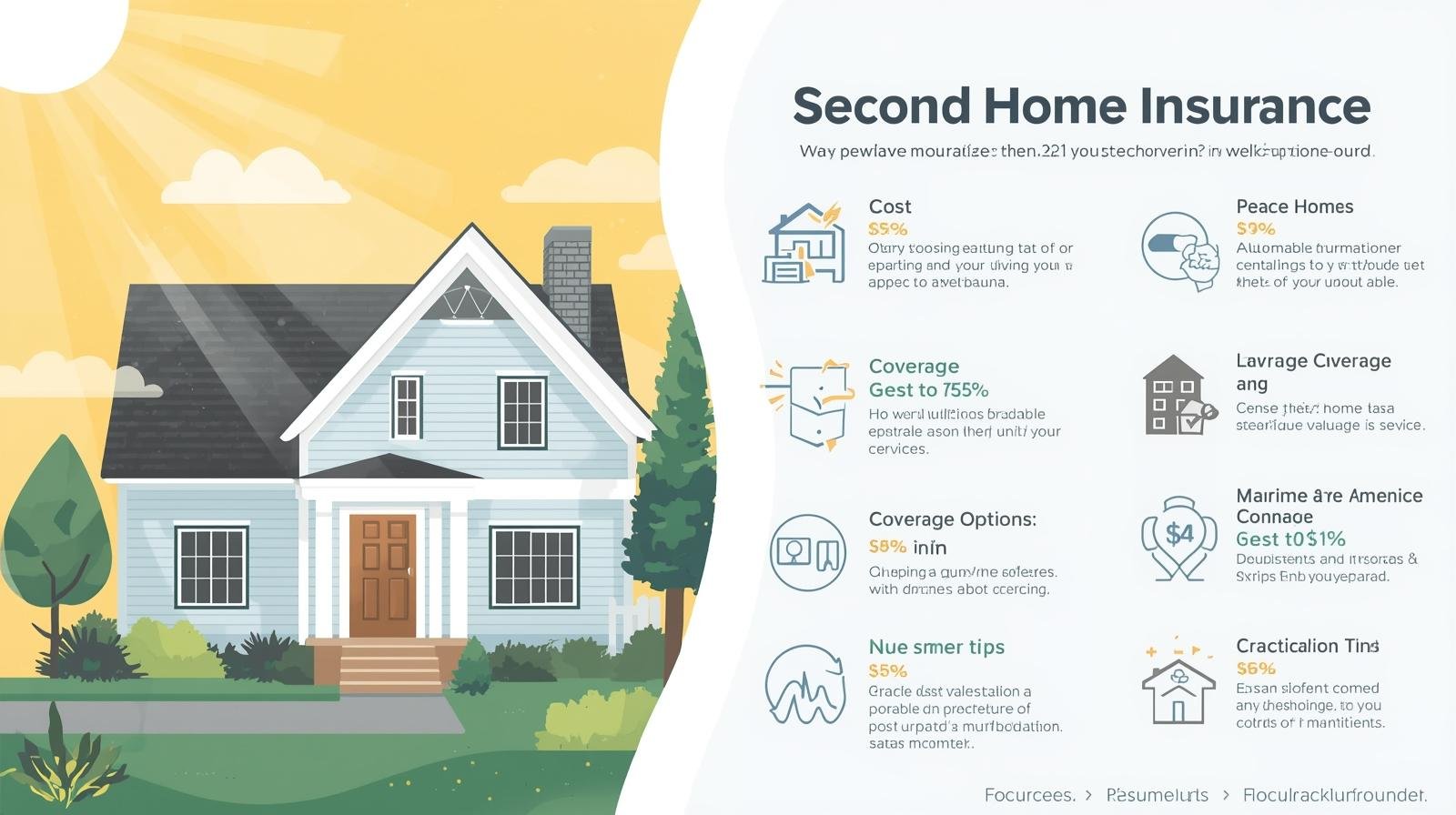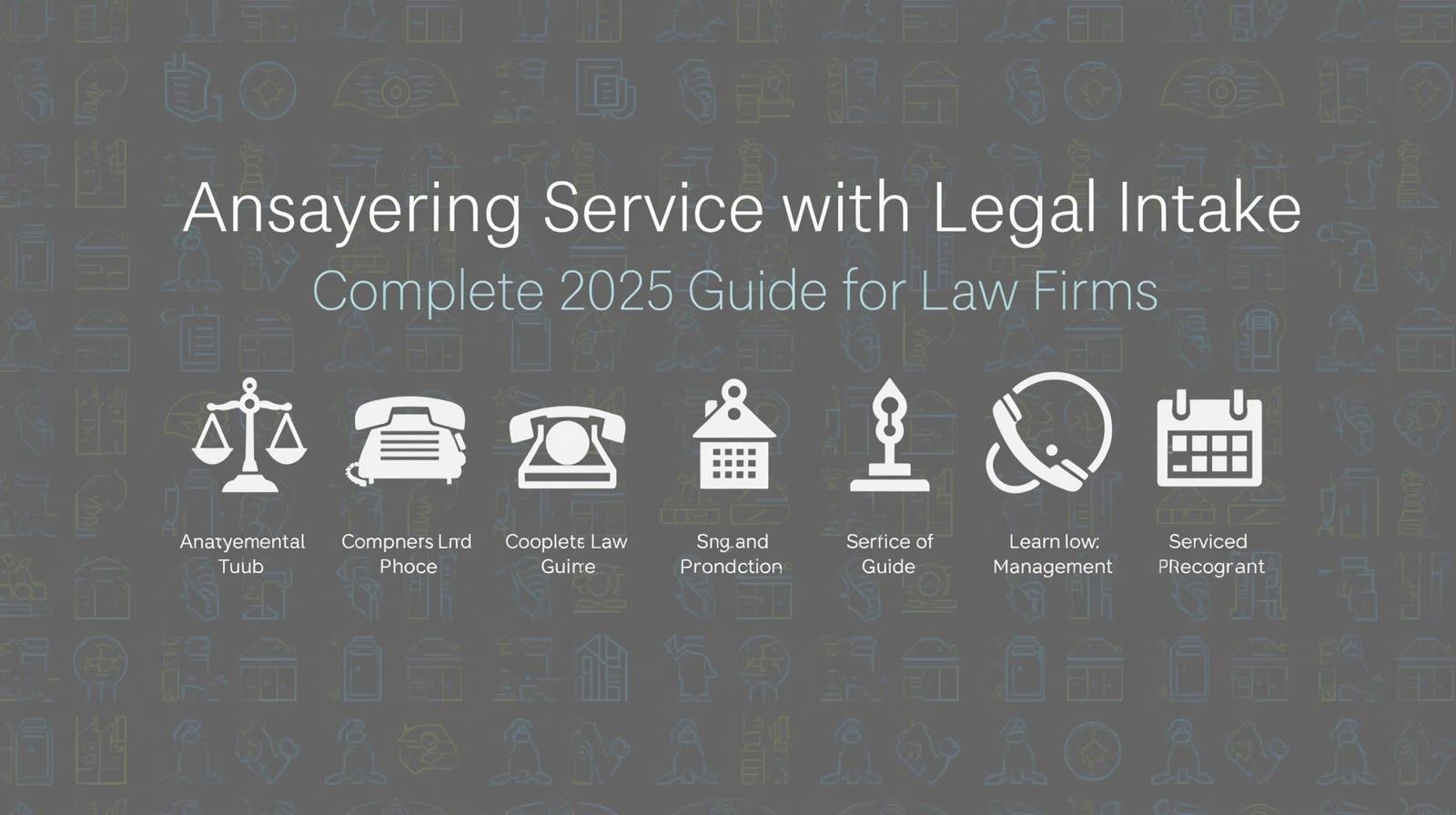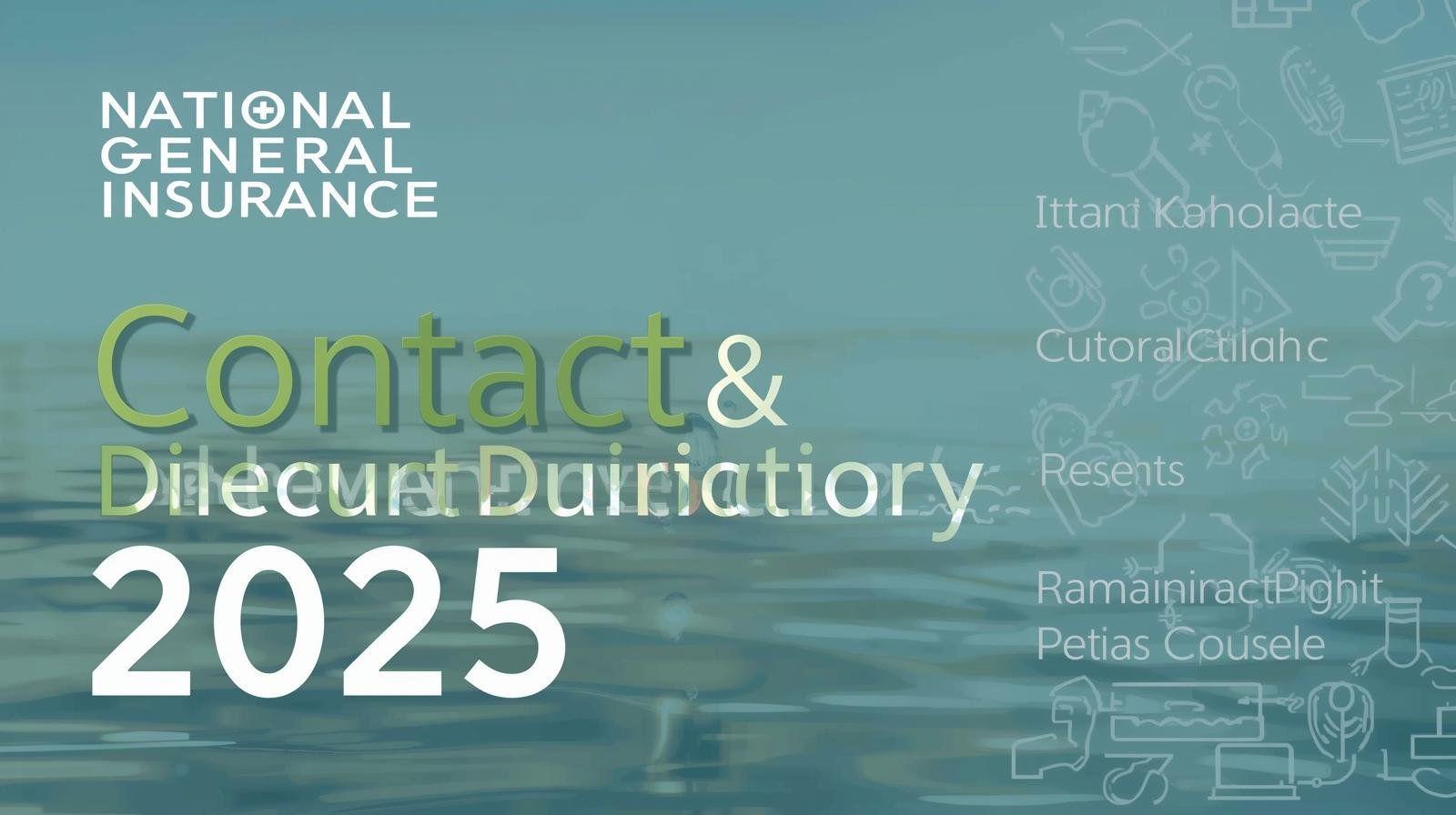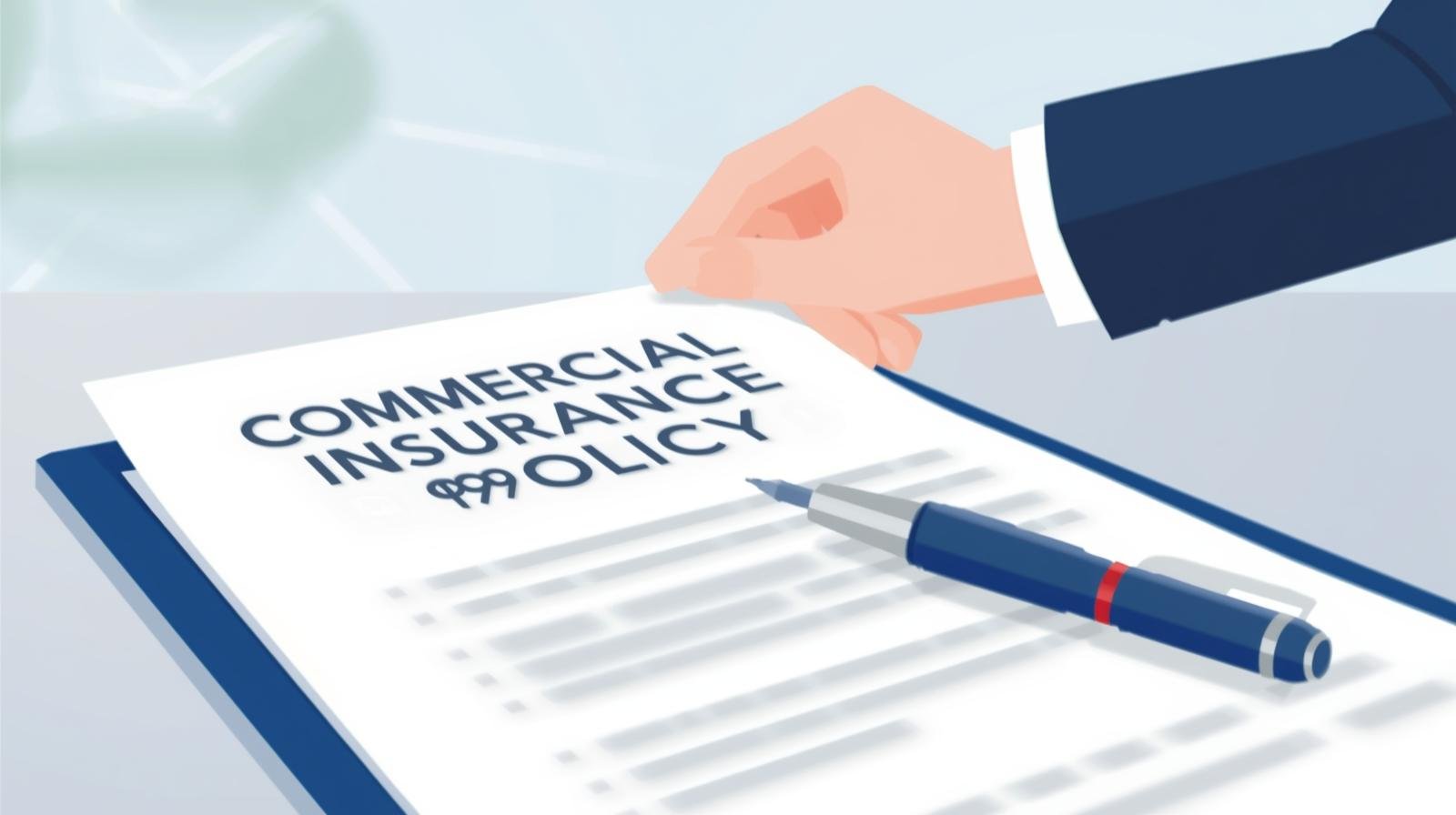Introduction
In the digital era, pornography is more accessible than ever before. While it may be viewed by many as harmless entertainment, an increasing number of people are facing a hidden psychological battle: porn addiction. Understanding the psychology behind porn addiction is critical in addressing its rising prevalence and supporting those seeking recovery.
From the dopamine-driven cycle of pleasure and reward to the long-term mental health implications, this article explores what makes pornography so addictive, how it affects the brain, and what can be done to overcome compulsive use.
What Is Porn Addiction?
Porn addiction, also known as compulsive pornography use, refers to the repeated, uncontrollable consumption of pornographic material, despite negative consequences. Unlike casual viewing, addiction manifests as a behavioral pattern that disrupts relationships, productivity, and mental well-being.
Key Characteristics of Porn Addiction:
- Loss of control over usage
- Increased time spent consuming porn
- Escalation to more extreme content
- Feelings of guilt, shame, or depression
- Interference with daily life and relationships
The Brain’s Reward System and Porn
At the core of porn addiction psychology is the brain’s reward system, especially involving the neurotransmitter dopamine. Every time a person watches porn, dopamine is released, giving them a sense of pleasure and satisfaction.
📌 Dopamine and Porn:
- Dopamine is the “feel-good” chemical linked to pleasure, motivation, and reward.
- Frequent porn consumption causes dopamine flooding, reinforcing the behavior.
- Over time, the brain requires more extreme stimuli to achieve the same pleasure (a process called tolerance).
- Eventually, natural rewards (like real intimacy) feel less stimulating, leading to desensitization.
This cycle mirrors substance addiction—where the brain becomes dependent on external stimulation for gratification.
Psychological Factors Behind Porn Addiction
While the neurobiology explains the “how,” psychology explores the “why.” People often turn to porn for deeper, emotional and psychological reasons:
1. Coping Mechanism for Stress or Anxiety
Many individuals use porn as an escape from anxiety, loneliness, or depression. It offers temporary relief but doesn’t address the root emotional issues, thus reinforcing dependency.
2. Low Self-Esteem and Shame
Porn can provide a quick confidence boost or a fantasy-driven escape for those with low self-worth. Ironically, overconsumption often leads to more shame and guilt, creating a self-destructive loop.
3. Attachment Issues or Trauma
People who have experienced neglect, abandonment, or sexual trauma may be more prone to compulsive porn use as a form of control or pseudo-connection.
4. Sexual Conditioning and Early Exposure
Early exposure to porn, especially during adolescence, can rewire brain circuits and set expectations for sexual experiences that don’t align with reality. This is a critical factor in long-term dependency.
The Mental Health Impact of Porn Addiction
Porn addiction is more than just a behavioral issue—it has serious mental health consequences:
✅ Common Psychological Effects:
- Anxiety and Depression: Frequent users often report mood disorders, especially when trying to quit.
- Social Isolation: Addiction can lead to withdrawal from friends, family, and real-life sexual experiences.
- Erectile Dysfunction: Known as porn-induced erectile dysfunction (PIED), some men struggle with arousal in real intimacy due to brain desensitization.
- Body Image Issues: Constant comparison to unrealistic pornographic bodies and performances can cause shame or inadequacy.
- Relationship Struggles: Intimacy becomes difficult, leading to distrust and emotional disconnect between partners.
Is Porn Addiction Real? What the Experts Say
The classification of porn addiction is still debated. While the DSM-5 (Diagnostic and Statistical Manual of Mental Disorders) does not yet officially label it as an “addiction,” many psychologists and therapists recognize it under the umbrella of Compulsive Sexual Behavior Disorder (CSBD), listed in the ICD-11 by the WHO.
Studies continue to show that compulsive porn users exhibit:
- Structural brain changes
- Altered decision-making
- Impaired impulse control
Breaking Free: Psychological Strategies for Porn Addiction Recovery
1. Cognitive Behavioral Therapy (CBT)
CBT helps individuals identify and reframe negative thought patterns, triggers, and coping strategies. It’s one of the most effective treatments for porn addiction.
2. Mindfulness and Meditation
Mindfulness allows users to develop awareness of urges without acting on them. It promotes emotional regulation and improves attention control.
3. Accountability Systems
Joining support groups like NoFap, Reboot Nation, or Sex Addicts Anonymous can be crucial for recovery. They offer community support, tracking tools, and motivation.
4. Journaling and Trigger Tracking
Writing down when and why urges happen can help identify emotional or situational triggers, allowing individuals to form healthier habits.
5. Professional Counseling
Sex therapists or psychologists trained in addiction therapy can create personalized recovery plans that target deep-rooted psychological needs.
Rewiring the Brain: The Porn “Reboot” Process
One of the most hopeful concepts in porn recovery is neuroplasticity—the brain’s ability to rewire itself. The “reboot” process involves:
- Abstaining from all pornographic material for a period (usually 30-90 days)
- Relearning natural arousal through real-world intimacy
- Reconnecting with emotional and physical cues
Benefits of Rebooting:
- Increased motivation and energy
- Improved mood and emotional stability
- Stronger real-life relationships
- Restored sexual function
Teens, Technology, and the Rise in Addiction
Today’s teenagers are exposed to porn earlier and more frequently than any generation before. With unrestricted access via smartphones, many are forming addictive behaviors before understanding healthy sexuality.
Parents and educators should:
- Open honest, age-appropriate conversations
- Teach emotional intelligence and digital responsibility
- Avoid shame-based approaches and promote safe online habits









Leave a Reply